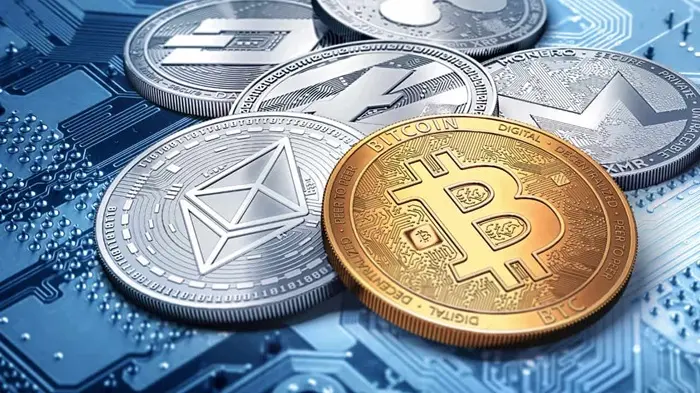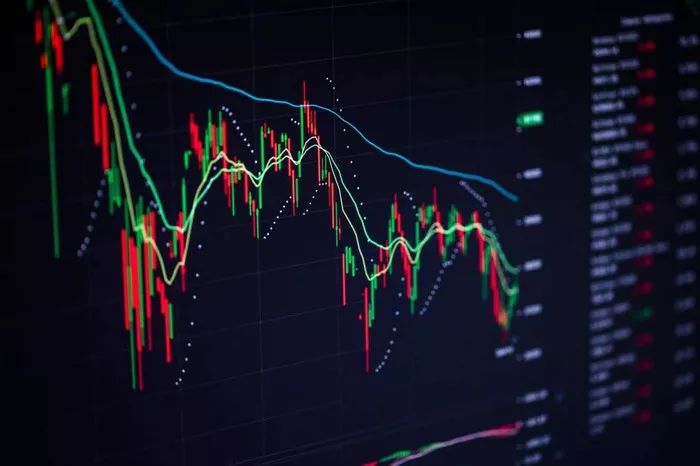The Indian Rupee (INR) and the US Dollar (USD) are two of the most significant currencies in the global economy. The exchange rate between INR and USD can have profound implications for India’s economy, affecting inflation, trade, investment, and overall economic growth. This article explores the reasons behind the depreciation of the INR against the USD, examining economic indicators, monetary policy, global trends, and geopolitical factors.
Understanding Currency Exchange Rates
What Are Currency Exchange Rates?
Currency exchange rates represent the value of one currency relative to another. They fluctuate based on supply and demand, interest rates, inflation, political stability, and economic performance. A weak currency may indicate economic distress, while a strong currency reflects economic stability and growth.
Importance of INR and USD
INR and USD are pivotal in international trade and finance. The USD is the world’s primary reserve currency, while INR is essential for India’s economic transactions. A depreciating INR can impact India’s import costs, inflation rates, and the overall economic environment.
Factors Influencing INR/USD Exchange Rate
1. Economic Indicators
Economic indicators are key drivers of currency values. Several indicators can affect the INR/USD exchange rate, including GDP growth, inflation, and trade balance.
a. Gross Domestic Product (GDP)
GDP measures a country’s economic performance. A strong GDP growth rate often correlates with a stronger currency. If India’s GDP growth lags compared to the US, it can lead to a depreciation of INR against USD.
b. Inflation Rates
Inflation measures the rate at which the general price level of goods and services rises. Higher inflation in India compared to the US can erode the purchasing power of INR, leading to a fall in its value against the USD.
c. Trade Balance
The trade balance is the difference between a country’s exports and imports. A trade deficit occurs when a country imports more than it exports. India has been experiencing a trade deficit, which can contribute to the depreciation of the INR against the USD.
d. Foreign Direct Investment (FDI)
FDI plays a crucial role in a country’s economic growth. If FDI inflows into India decline, it may result in lower demand for INR, contributing to its depreciation against USD.
2. Central Bank Policies
Central banks influence currency values through monetary policy. The Reserve Bank of India (RBI) and the Federal Reserve (Fed) play crucial roles in determining interest rates and implementing quantitative easing, which affects the INR/USD exchange rate.
a. Interest Rates
Interest rates influence investment and consumption. If the RBI keeps interest rates lower than those of the Federal Reserve, it may weaken the INR as investors seek higher returns in USD-denominated assets.
b. Monetary Policy
Monetary policy decisions, such as changes in reserve requirements and open market operations, can impact liquidity in the economy. If the RBI adopts a loose monetary policy, it can lead to depreciation in the value of INR.
3. Global Economic Trends
Global economic conditions and trends can significantly impact the INR/USD exchange rate. Several factors contribute to this relationship.
a. Global Inflationary Pressures
Inflationary pressures in major economies can affect currency values. For example, if inflation in the US rises, the Fed may increase interest rates, leading to a stronger USD against the INR.
b. Commodity Prices
India is a major importer of commodities, particularly crude oil. Rising global commodity prices can increase the trade deficit, leading to a depreciation of INR. Fluctuations in oil prices can have a direct impact on the INR/USD exchange rate.
c. Economic Growth in Major Economies
The economic performance of major economies like the US, China, and the EU can influence the INR. If the US economy grows stronger, it can lead to a stronger USD, impacting the INR.
4. Political Stability and Geopolitical Events
Political factors can also have significant implications for currency values. Stability in governance and international relations can create confidence in a currency, while uncertainty can lead to depreciation.
a. Domestic Political Uncertainty
Political instability in India, such as changes in government or contentious elections, can lead to uncertainty among investors. This can result in capital outflows, putting downward pressure on the INR.
b. Geopolitical Tensions
Geopolitical tensions, such as conflicts or sanctions, can create volatility in currency markets. Heightened uncertainty can lead to a flight to safety, with investors favoring USD over INR.
5. Market Sentiment
Market sentiment often drives currency values. Investor confidence can significantly influence the demand for currencies.
a. Speculative Trading
Speculative trading in currency markets can amplify movements in exchange rates. If traders anticipate a fall in INR, they may sell off their holdings, leading to further depreciation.
b. Risk Appetite
In times of global uncertainty, investors tend to favor safe-haven currencies like the USD. This trend can lead to a decline in the value of INR against USD as investors seek stability.
See Also: Why Is GBP Falling Against USD?
Analyzing Recent Trends in INR/USD Exchange Rate
1. Historical Context
To understand the current trend of INR falling against USD, it is important to examine historical data. The exchange rate has fluctuated significantly over the years due to various economic and political factors.
a. Pre-COVID Levels
Before the COVID-19 pandemic, the INR was relatively stable against the USD. However, the pandemic led to increased economic challenges, impacting the INR’s value.
b. Post-Pandemic Recovery
The post-pandemic recovery has been uneven, with the US recovering faster than India. This divergence can lead to further depreciation of the INR as investors favor USD.
2. Current Economic Conditions
a. Inflation in India
Inflation in India has been on the rise, driven by various factors such as supply chain disruptions and higher commodity prices. This situation can erode purchasing power and lead to further depreciation of the INR.
b. Interest Rate Decisions
The RBI’s approach to interest rates has been cautious. If the RBI keeps rates low while the Fed raises rates, it may weaken the INR against the USD.
c. Trade Deficit
India’s trade deficit has widened, driven by increased imports of crude oil and other commodities. A larger trade deficit can lead to a depreciation of INR, as it reflects higher demand for foreign currencies.
3. Impact of the Federal Reserve
The Federal Reserve’s monetary policy decisions have a significant impact on global currency markets. When the Fed raises interest rates, it often leads to a stronger USD against other currencies, including INR.
a. Tapering of Asset Purchases
The Fed’s decision to taper asset purchases can lead to a tightening of monetary policy, strengthening the USD. This can result in increased pressure on INR as capital flows may shift towards USD-denominated assets.
b. Interest Rate Hikes
If the Fed raises interest rates aggressively, it can attract foreign capital, leading to a stronger USD. This situation can further weaken the INR as investors seek higher returns in USD-denominated investments.
4. Global Economic Recovery
The pace of global economic recovery influences currency values. If major economies recover faster than India, it can lead to further depreciation of the INR against the USD.
a. US Economic Growth
If the US economy continues to show strong growth, it may strengthen the USD, putting additional pressure on the INR. Conversely, if India’s growth slows down, it can widen the gap between the two currencies.
b. Recovery in China
China’s economic recovery can also impact INR. As a significant trading partner for India, any slowdown in China’s growth can lead to a decline in demand for Indian exports, affecting the INR/USD exchange rate.
Strategies for Investors
1. Currency Hedging
Investors can hedge against currency risk by using financial instruments such as options, futures, and forwards. Hedging can protect against potential losses resulting from currency fluctuations.
2. Diversification
Diversifying investments across different currencies and asset classes can mitigate risks associated with currency movements. A well-diversified portfolio can help investors manage currency exposure effectively.
3. Monitoring Economic Indicators
Staying informed about economic indicators, central bank policies, and geopolitical developments is crucial for investors. Regularly reviewing relevant data can help anticipate currency movements and make informed investment decisions.
4. Engaging with Financial Advisors
Consulting with financial advisors who specialize in foreign exchange markets can provide valuable insights and strategies to navigate currency risks effectively.
Conclusion
The depreciation of the INR against the USD is influenced by a complex interplay of economic indicators, central bank policies, political stability, global trends, and market sentiment. Understanding these factors is essential for investors, businesses, and policymakers alike.
As India navigates challenges such as inflation, trade deficits, and global economic uncertainties, the INR may continue to experience volatility. By monitoring key economic indicators and staying informed about market developments, investors can better understand the dynamics of the INR/USD exchange rate and make informed decisions.
In conclusion, the fall of INR against USD reflects broader economic trends and sentiment. Investors should remain vigilant and adapt their strategies to navigate the ever-changing currency landscape. Whether for investment or business purposes, understanding the reasons behind currency movements is crucial for making informed decisions in the global economy.
Related topics:
- How Much Is an Indian Crore in USD?
- What is the Exchange Rate for GBP to AUD?
- What is the Pound to USD Exchange Rate?





























